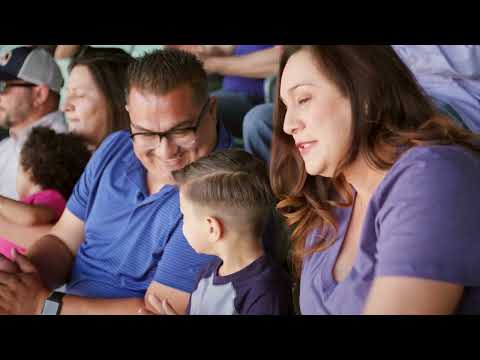It’s amazing how much children develop in the first five years of their lives! During this time, they gain important social and emotional skills like learning how to recognize emotions in others and expressing and managing their own emotions.

Social and emotional development is how your child starts to understand who they are, what emotions they’re feeling, and how to interact with others. As they grow socially and emotionally, they begin to create more meaningful relationships with others. Children’s experiences with parents, friends, family members, teachers, and more all contribute to their social and emotional development and at different rates.
Additionally, big events like the COVID-19 pandemic can impact children’s social and emotional development. The milestones listed below are guidelines to help you see where your child is at in their developmental stage. These milestones can also give you some ideas for age-appropriate social and emotional skills you can work on with your child as they get older.
0–4 months: Newborns typically show their feelings by crying. As they grow, they might start to show interest in staring at people’s faces. When they are closer to 2 months old, they often begin smiling at others. By 4 months, you might find your baby gets quiet in response to gentle touch, smiles spontaneously, enjoys being cuddled, and shows excitement by waving their arms. Even in just a few months, they gain so many new emotional and social skills!
4–9 months: Around 6 months, many babies start to recognize familiar faces. At this point, you might notice that they start to experience fear of strangers. Some children in this age range show emotions of happiness and enjoyment. As they approach 9 months, you might notice that they express a broader range of emotions and show preference for certain toys or people.
9–18 months: At this phase, babies might begin imitating sounds, gestures, or actions to get caregivers’ attention and try to communicate their needs. They enjoy simple games, like patty-cake and peekaboo. You might find that they cry when a caregiver leaves and are shy around strangers.
18 months–2 years: At this stage, your child might begin to enjoy playing alongside other children and imitate them but not yet engage in cooperative play. They could even start imitating what the adults around them are doing and play pretend. You might also see your child show a broader range of emotions, from excitement and happiness to frustration and anger. As they approach 2 years old, children start to crave more independence.
2–3 years: Your child might begin to play more closely with other children, learn to share toys, and play more make-believe games. Separating from caregivers gets easier for them. Children closer to age 3 spontaneously express compassion, love, and other emotions. They might tell adults when they need to go to the bathroom and get better at asking for what they need, rather than crying or throwing tantrums.
4–5 years: As children get closer to preschool age, they might start to initiate play with other children. They start learning how to negotiate with their friends, and they may even imitate them. They sing, dance, laugh, and act silly more than they did when they were younger. Four- to 5-year-olds might seek out new experiences, test boundaries, and try to gain more independence.






